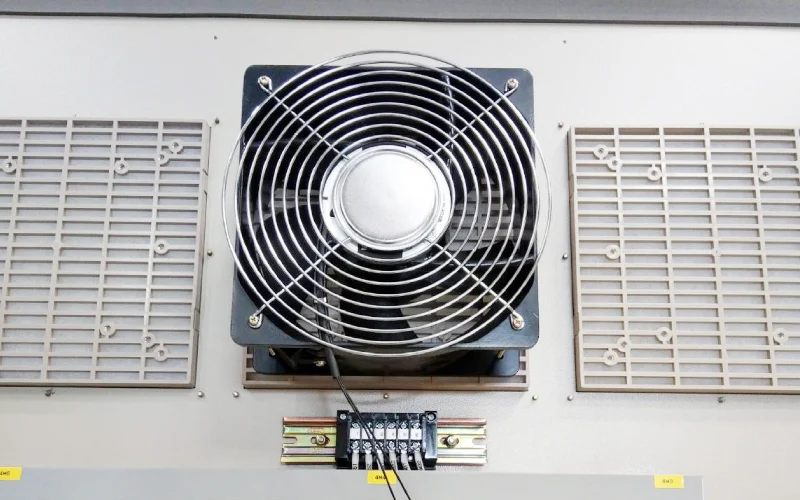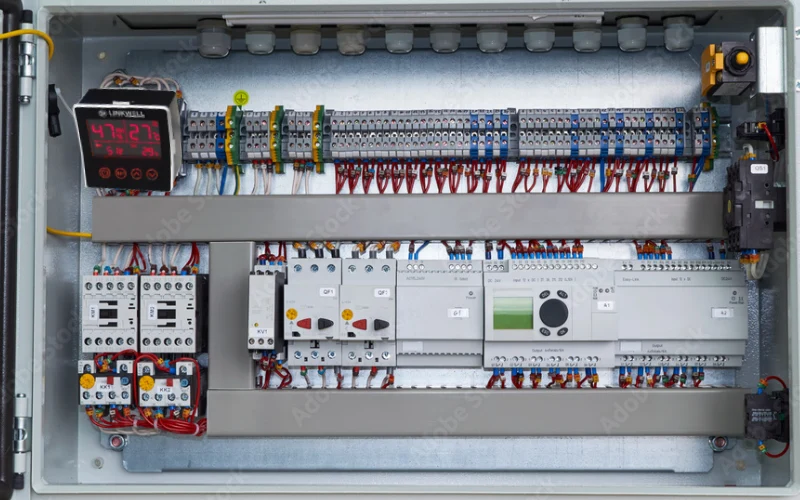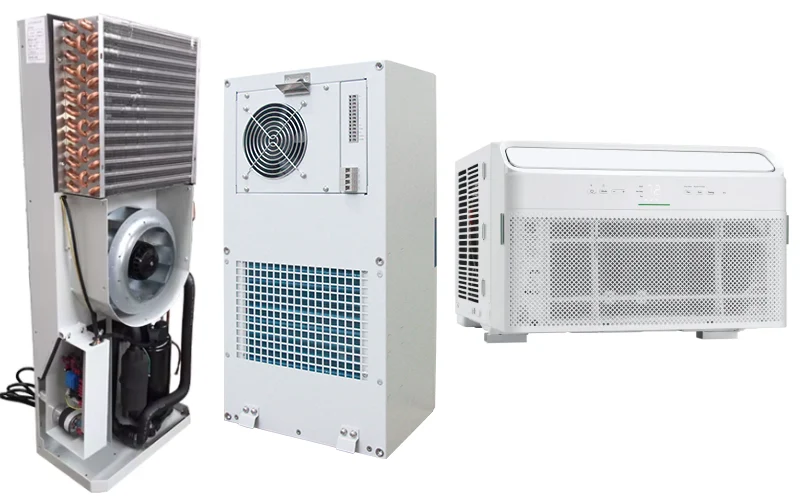You might wonder how reactors in power system and its afffect on transformer really boost safety. Reactors help shield your transformer from sudden faults, wild voltage swings, and electrical disturbances. Take a look at these three key protection mechanisms:
| Mechanism | Description | Functionality |
|---|---|---|
| Differential Protection | Monitors current flow and spots internal faults fast. | Cuts off power within milliseconds. |
| Overcurrent Protection | Stops overloads with smart trip settings. | Blocks damage from short circuits and heat. |
| Buchholz Relay | Tracks gas and oil levels for early fault detection. | Signals alarms for leaks and internal issues. |
Engineers, technicians, and students like you can count on Linkwell for trusted transformer solutions that keep power systems running smoothly.
Key Takeaways
- Reactors protect transformers by limiting fault currents, preventing overheating, and ensuring stable operation during electrical disturbances.
- Differential protection, overcurrent protection, and Buchholz relays are key mechanisms that quickly detect and respond to faults, enhancing transformer safety.
- Using reactors in your power system can significantly reduce voltage fluctuations, leading to better performance and longer transformer life.
- Linkwell transformers, when paired with reactors, provide reliable voltage control and protection against electrical hazards, ensuring smooth operations.
- Regular system checks and the addition of reactors can help identify and solve common electrical issues, improving overall system reliability.
Fault Current Reduction
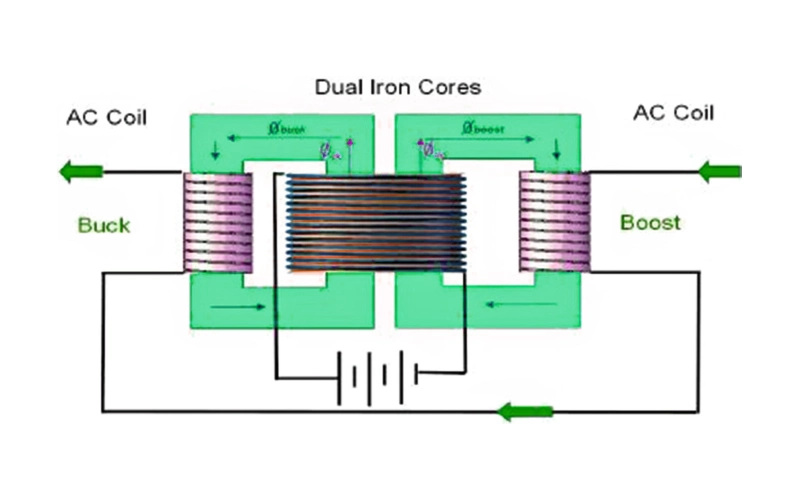
Reactors in Power System and Its Affect on Transformer Protection
You know how unpredictable power systems can be. When a fault hits, the current can spike in a flash. That’s where reactors in power system and its affect on transformer really shine. A reactor steps in and adds inductive reactance to your power network. This extra impedance slows down the flow of fault current, keeping transformers safe from sudden overloads.
Let’s break it down. Reactors in power system and its affect on transformer protection works by making it harder for excessive current to reach your transformer during a short-circuit event. You get a buffer that shields your equipment. Here’s what happens:
- Reactors introduce inductive reactance, which limits the current during faults.
- This keeps transformers from overheating or suffering damage.
- Your power system stays stable and reliable, even when things go wrong.
You’ll find different types of reactors in power system and its affect on transformer safety. Series reactors connect directly in line with the transformer, blocking high fault currents. Shunt reactors work in parallel, absorbing extra reactive power and helping control voltage. Current-limiting reactors are designed specifically to stop dangerous currents before they reach your transformer.
Tip: Adding a reactor to your power system can make a huge difference. You get lower fault currents and better transformer protection.
Here’s a quick look at how these reactors help:
| Reactor Type | Function in Power System | Benefit for Transformers |
|---|---|---|
| Series Reactor | Limits fault current | Prevents transformer overload |
| Shunt Reactor | Absorbs reactive power | Controls voltage rise |
| Current-limiting Reactor | Stops excessive current during faults | Shields transformer from damage |
Linkwell Power Transformer Safety
If you want reliable transformer protection, Linkwell Power Transformer stands out. These transformers are built to handle tough conditions. When you pair them with reactors in power system and its affect on transformer, you boost safety even more. Linkwell transformers work with reactors to manage fault currents, keep your system stable, and extend equipment life.
You get peace of mind knowing your power system is ready for anything. Linkwell transformers, combined with the right reactor, help you avoid costly downtime and keep your operations running smoothly.
Voltage Control for Performance
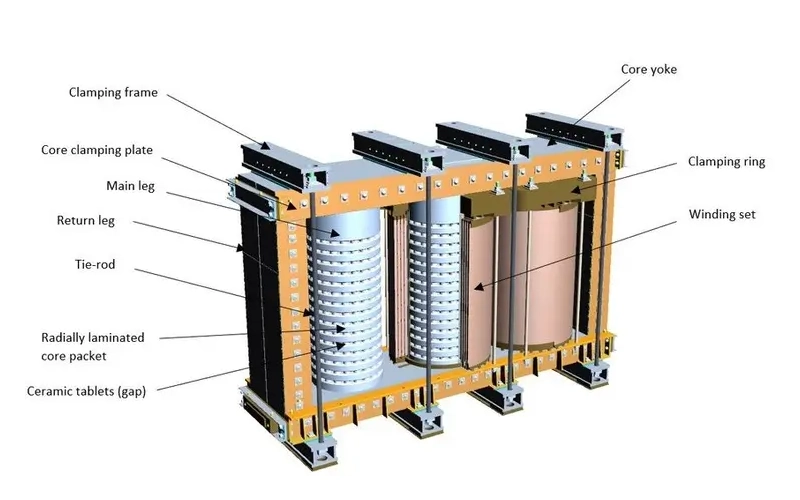
Voltage Stability in Transformers
You know how unpredictable voltage can be in a busy power system. When voltage swings up and down, your transformer faces real stress. Reactors step in to help you keep voltage steady, which means better transformer performance and a longer lifespan for your equipment.
Reactors work by balancing out those sudden changes in load. Series reactors create a voltage drop that smooths out spikes and dips. Shunt reactors absorb extra reactive power, which helps regulate voltage, especially in long transmission lines or lightly loaded transformers. You get a more stable output, and your transformer can handle changes without overheating or losing efficiency.
Here’s what happens when voltage fluctuates too much:
- Insulation inside your transformer gets stressed, which can lead to breakdowns.
- Small increases in voltage cause extra heating, wearing down insulation and oil.
- Core and copper losses go up, making your transformer run hotter and less efficiently.
- Frequent surges shorten insulation life and raise the risk of failure.
- Inconsistent voltage makes it tough for your transformer to handle loads, hurting reliability.
- Prolonged voltage extremes can cause overheating and even thermal failure.
Reactors help you avoid these problems. They act as reactive power compensators, letting you fine-tune voltage and keep your transformer running smoothly. You get better performance and fewer worries about breakdowns.
Tip: Choose transformers with tight voltage regulation and high-quality windings. Add reactors to your system for extra voltage stability and protection.
Step Down Transformer Benefits
You want your power system to deliver safe, consistent voltage. That’s where Linkwell step down transformers come in. These transformers reduce high voltage to a lower, safer level, making power distribution more efficient and protecting sensitive equipment.
Let’s look at how step down transformers boost voltage control and transformer safety:
| Benefit | How It Helps Your Power System |
|---|---|
| Stable voltage output | Keeps sensitive electronics safe |
| Prevents damaging fluctuations | Reduces risk of overheating and equipment failure |
| Lowers electrical hazards | Enhances transformer safety and system reliability |
| Optimizes energy distribution | Improves overall performance and efficiency |
Linkwell step down transformers regulate voltage, so your equipment gets the power it needs without dangerous spikes. You see fewer failures and longer service life for your transformers. These transformers also help you save on energy costs by reducing losses and improving performance.
If you want a power system that runs smoothly, combine reactors with Linkwell step down transformers. You’ll get stable voltage, better transformer performance, and peace of mind knowing your equipment is protected.
Harmonics and Transients
Performance and Safety in Transformers
You face a lot of challenges when you try to keep your transformer safe. Harmonics and transients can sneak into your power system and cause trouble. Nonlinear loads, like computers and LED lights, create harmonic distortion. These harmonics push your transformer to work under unusual conditions. Higher frequency harmonics increase winding and core losses. You see more heat, which can damage your transformer over time.
Transients, like sudden voltage spikes, also threaten your transformer. They can come from lightning strikes or switching operations. These events stress the insulation and windings inside your transformer. You notice the skin effect, where high-frequency currents move to the outside of the winding conductor. This increases resistance and heat. Hysteresis and eddy currents add even more heat loss. Triplen harmonics in wye-connected systems can overheat the neutral conductor, putting your transformer at risk.
Reactors step in to help you fight these problems. Line reactors and DC link chokes manage line-side harmonics. You can use higher-pulse drives and active-front-end technologies to control harmonics. When you install a 5% impedance line reactor, you can cut total harmonic distortion by up to 35%. This means your transformer runs cooler and lasts longer. Series-connected line reactors increase source impedance, which reduces harmonic current distortion. You get better power quality and safer transformer operation.
FACTS devices also help you improve system stability and voltage performance. They control harmonic distortion and reduce transmission losses. Your transformer benefits from a smoother voltage profile and better power flow. You see fewer failures and more reliable performance.
Tip: If you want to boost power quality and transformer safety, add reactors to your system. You will notice less heat, fewer breakdowns, and longer service life.
Linkwell Control Transformer Solutions
You need a solution that keeps your control circuits stable. Linkwell Control Transformers give you that peace of mind. These transformers handle harmonics and transients with ease. You get safe, steady voltage for your control panels. Linkwell Control Transformers work with reactors to protect sensitive electronics and improve power quality. Your transformer stays cool, efficient, and reliable.
| Solution | Benefit for Your Power System |
|---|---|
| Linkwell Control Transformer | Stable voltage, reduced harmonics |
| Reactors | Lower heat, better power quality |
| FACTS Devices | Improved voltage profile, safer system |
You’ve seen how reactors make a real difference for transformers in your power system. They help you control voltage, cut down on harmonics, and keep transformers cool. Take a look at the key benefits:
| Key Benefit | Description |
|---|---|
| Improved Voltage Regulation | Reactors help you keep transformer voltage steady and reliable. |
| Reduction of Harmonics | You get less distortion, so transformers last longer. |
| Enhanced Cooling | Reactors prevent overheating, protecting your transformer. |
| Improved Insulation | Transformers stay strong and safe in tough conditions. |
Linkwell transformers give you stable voltage, handle high inrush currents, and keep your control circuits safe. You can trust Linkwell to deliver transformers that meet global standards and boost your system’s performance. If you want your transformer to run smoothly and last longer, Linkwell solutions are the smart choice.
FAQ
What role do reactors play in electrical power systems?
Reactors help you control fault currents and voltage swings. You keep your transformers safe and your electrical power systems stable. Reactors make it easier to transfer electrical energy without risking damage from sudden changes in electricity.
How do transformers transfer electrical energy safely?
Transformers use magnetic induction to transfer electrical energy between circuits. You get the right voltage for your equipment. This process keeps your electrical power systems efficient and protects sensitive devices from unstable electricity.
Can reactors improve the reliability of electricity in my facility?
Yes! Reactors stabilize voltage and limit harmonics. You see fewer outages and less equipment failure. Your electrical power systems run smoother, and you transfer electrical energy with less risk. Reliable electricity means less downtime for you.
Why should I choose Linkwell transformers for my electrical power systems?
Linkwell transformers offer strong insulation and precise voltage control. You get safer transfer electrical energy and better protection for your equipment. These transformers help you maintain steady electricity and boost the reliability of your electrical power systems.
How do I know if my system needs a reactor to transfer electrical energy?
If you notice voltage spikes, frequent faults, or unstable electricity, your electrical power systems may need reactors. Reactors help you transfer electrical energy smoothly and protect your transformers from damage.
Conclusion
In conclusion, understanding Reactors in Power System and Its Afffect on Transformer is vital for ensuring stability, reliability, and efficiency in electrical networks. Reactors not only protect transformers from overcurrent and harmonics but also extend their service life.
For engineers, suppliers, and buyers, investing in the right reactor technology means safer operations, reduced downtime, and improved energy management across industries.

